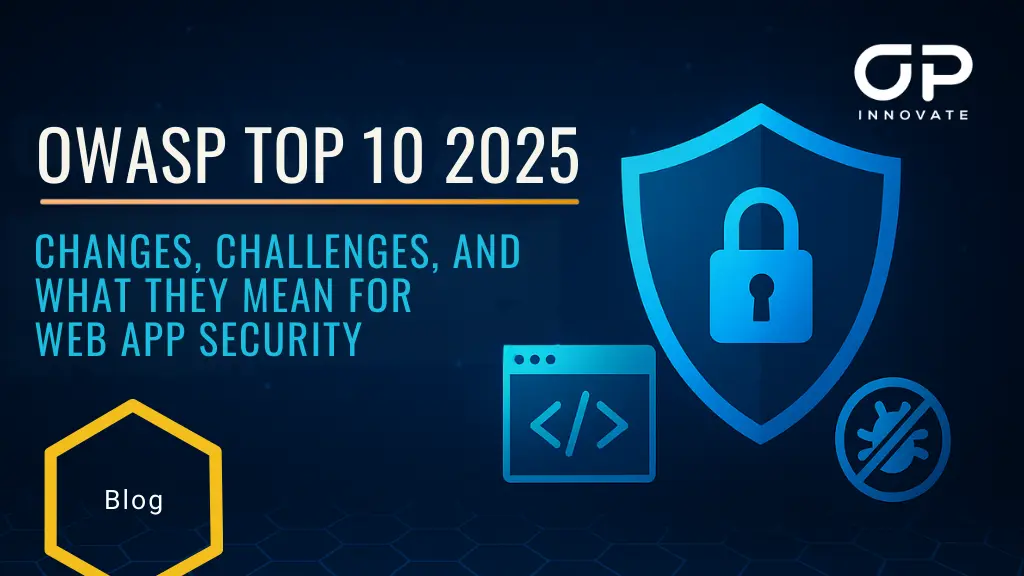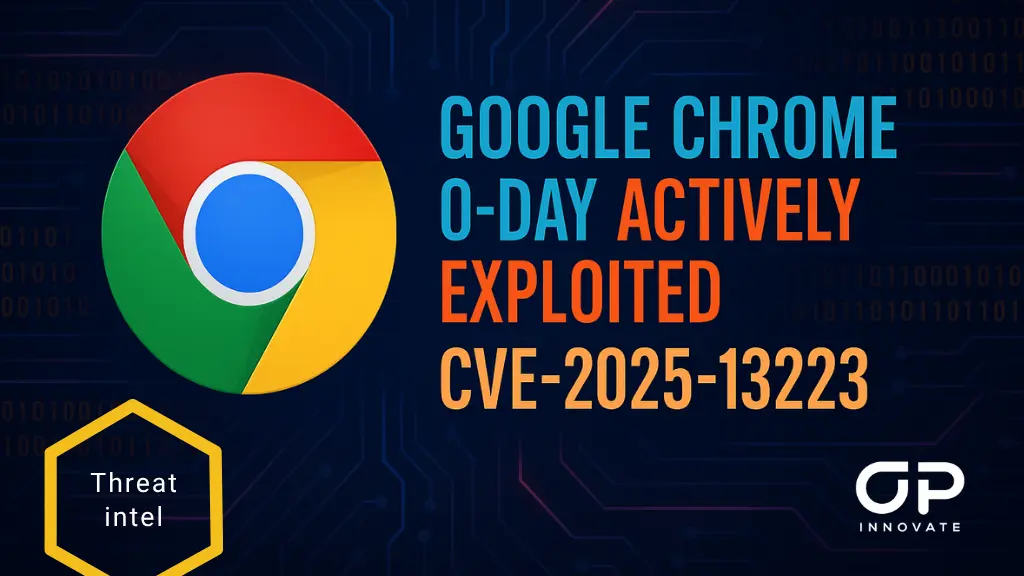For long, penetration testing served as a snapshot in time for security posture. While this approach helps organizations identify critical vulnerabilities, it fails to account for the dynamic nature of today’s digital environments, where new code is pushed daily, infrastructures evolve rapidly, and threats shift by the hour.
Ongoing penetration testing transforms security from a one‑off checkbox into a living, breathing defense strategy. By incorporating automation into your manual assessments, you gain continuous visibility into your attack surface, accelerate the discovery of new vulnerabilities, and ensure that remediation efforts keep pace with the speed of development.
Below, we explore six key reasons why ongoing penetration testing outperforms periodic assessments and how OP Innovate’s WASP platform makes it seamless.
1. Real‑Time Visibility & Early Detection
Every hour that a vulnerability remains unknown is an hour an attacker can exploit it. Traditional assessments offer merely a snapshot. If you discover a critical misconfiguration in January, your teams might not revisit that area until April.
In contrast, ongoing pentesting provides continuous coverage: automated scans run daily or weekly, while expert testers focus on the highest‑risk areas as they evolve.
This constant vigilance lets you triage and remediate issues the moment they appear. For example, a newly deployed microservice with an accidentally exposed API endpoint will trigger an alert in WASP’s automated scans. Your security and DevOps teams can then prioritize that finding immediately, reducing “dwell time” and pre‑empting potential breaches.
The WASP Findings Overview
2. Adaptive Coverage of a Fluid Attack Surface
Modern infrastructure is highly dynamic. Containers spin up and down, feature flags flip on and off, and cloud autoscaling can create hundreds of ephemeral instances. Periodic tests struggle to keep pace with these shifts, often testing resources that no longer exist while overlooking new ones.
Ongoing testing platforms like WASP continuously discover assets across your environment, whether in Kubernetes clusters, serverless functions, or hybrid clouds, and adjust scope automatically.
This adaptive approach ensures that every component, from legacy load balancers to the latest serverless function, receives coverage. As your attack surface grows or morphs, you never slip into defences that are stale or incomplete.
3. Seamless Integration with DevSecOps & CI/CD
The age of “shift‑left” means security must live alongside code reviews and unit tests. Embedding pentesting into your CI/CD pipelines democratizes security: developers receive immediate feedback on vulnerabilities before code merges, reducing costly rework later in the cycle.
With WASP’s CI/CD integrations, findings will trigger automated alerts directly within your development pipeline, whether you’re using Slack, Jira, or something else. When a high‑risk issue surfaces, like a critical SQL injection in a new endpoint, your developers see it in the same dashboard where they track build failures.
The WASP Slack and Jira Integrations
Combining automation with scheduled manual reviews creates a hybrid feedback loop that keeps security aligned with rapid release cadences, empowering teams to move fast without sacrificing safety.
4. Cost Efficiency & Predictable Budgeting
On the surface, annual assessments may look cheaper: you pay one invoice for a “big bang” test. But that approach often leads to expensive emergency fixes after gaps are uncovered, not to mention the unplanned downtime and potential reputational damage from a breach.
Ongoing pentesting shifts you to a subscription or pay‑as‑you‑go model with predictable monthly costs. This steady investment yields continuous ROI: fewer critical incidents, more efficient use of internal resources, and lower breach remediation expenses.
Over time, automation handles routine scans, while human testers focus on high‑value targets, optimizing your spend and ensuring dollars go where they matter most.
5. Deeper Context & Continuous Learning
A one‑off pentest engages a fresh team that must learn your architecture, business logic, and risk profile from scratch. Ongoing engagements enable testers to build institutional knowledge, as they understand which modules are core to revenue, which legacy components have historically been problematic, and where your in‑house controls are weakest.
This continuity translates into smarter attack simulations and more actionable recommendations. By maintaining a centralized repository of past findings and remediation efforts, you can track how a particular vulnerability has evolved over time, whether fixes have truly eliminated the risk or if certain misconfigurations keep resurfacing.
Armed with this context, your security leads can prioritize fixes that deliver the greatest risk reduction, rather than chasing every low‑impact finding equally.
6. Enhanced Compliance & Audit Readiness
Regulators and standards bodies increasingly expect evidence of continuous monitoring. Whether you’re preparing for PCI DSS, ISO 27001, SOC 2, or GDPR audits, ongoing pentesting generates a steady stream of reports, remediation tickets, and metrics.
Rather than scrambling to assemble six‑month‑old reports, you can present auditors with live dashboards showing passing scan rates, time‑to‑remediate trends, and proof of manual reviews.
WASP offers real-time reporting tailored for specific audience-based insights, whether it’s audit reports, exeucutives, or technical teams.
The WASP Reports Generator
Bringing It All Together with OP Innovate’s WASP Platform
OP Innovate’s WASP (Web Application Security Platform) delivers fully managed, continuous pentesting as a service, combining the intelligence of manual testing with automation’s speed. Our platform:
- Continuously discovers new assets and keeps scope current.
- Orchestrates automated scans and schedules expert manual reviews.
- Tracks remediation progress in real time with intuitive dashboards.
- Integrates seamlessly into your CI/CD pipeline for “shift‑left” security.
If you’re still relying on infrequent point‑in‑time tests, you’re leaving windows of opportunity wide open for attackers. Schedule a demo today to see how WASP can embed continuous, contextual protection into your development lifecycle, proactively securing every release and configuration change.









